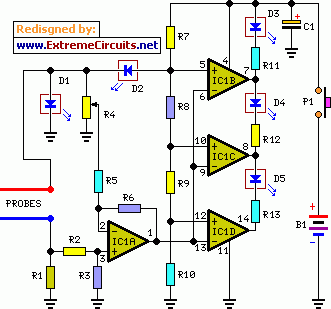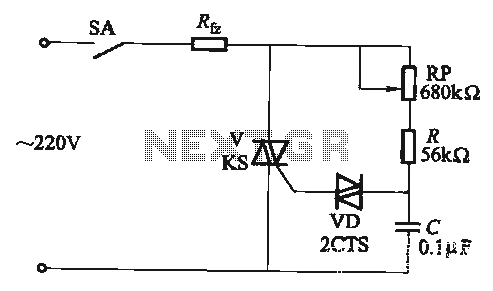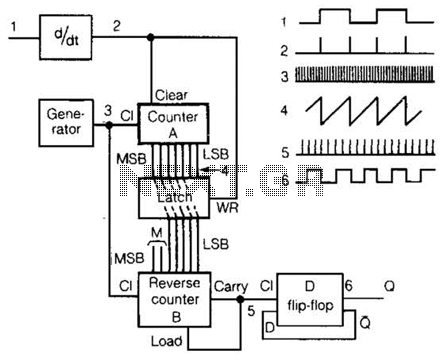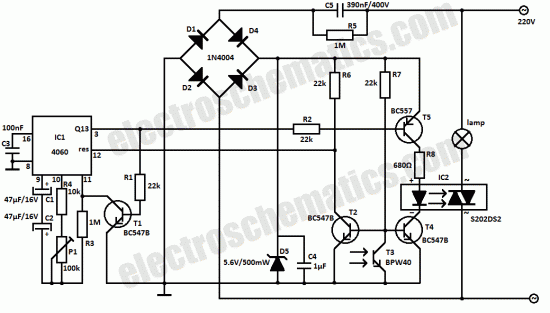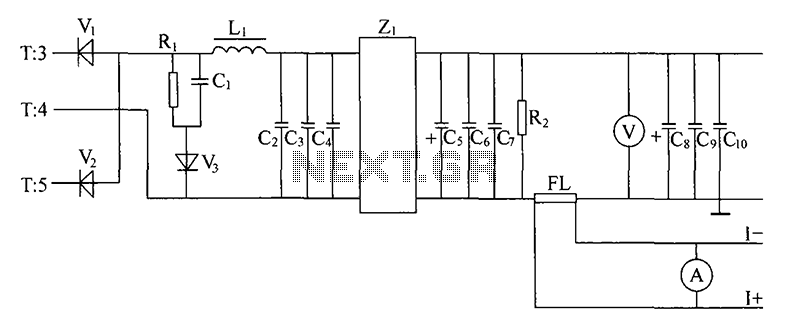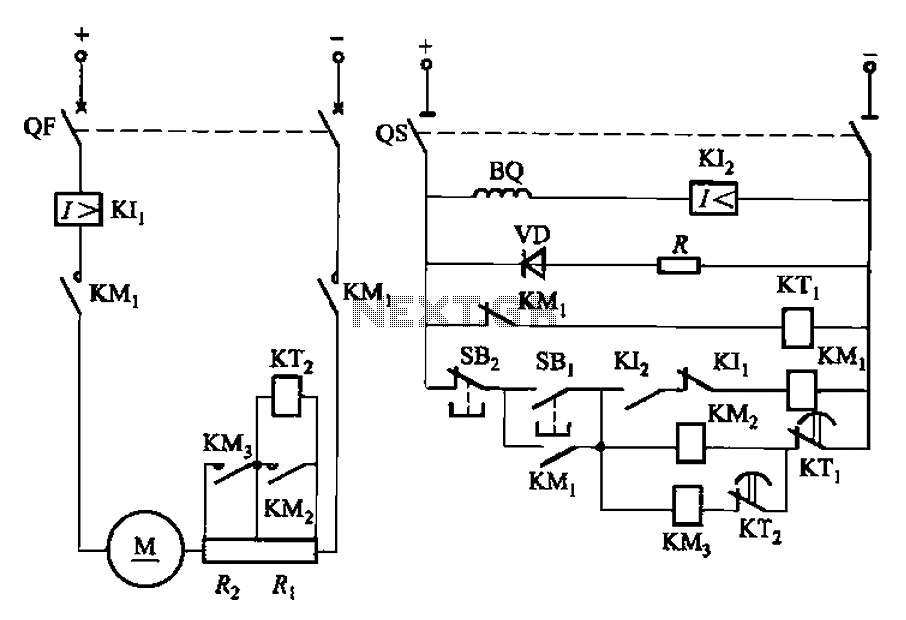
Cycle 100 MHz frequency counter circuit diagram
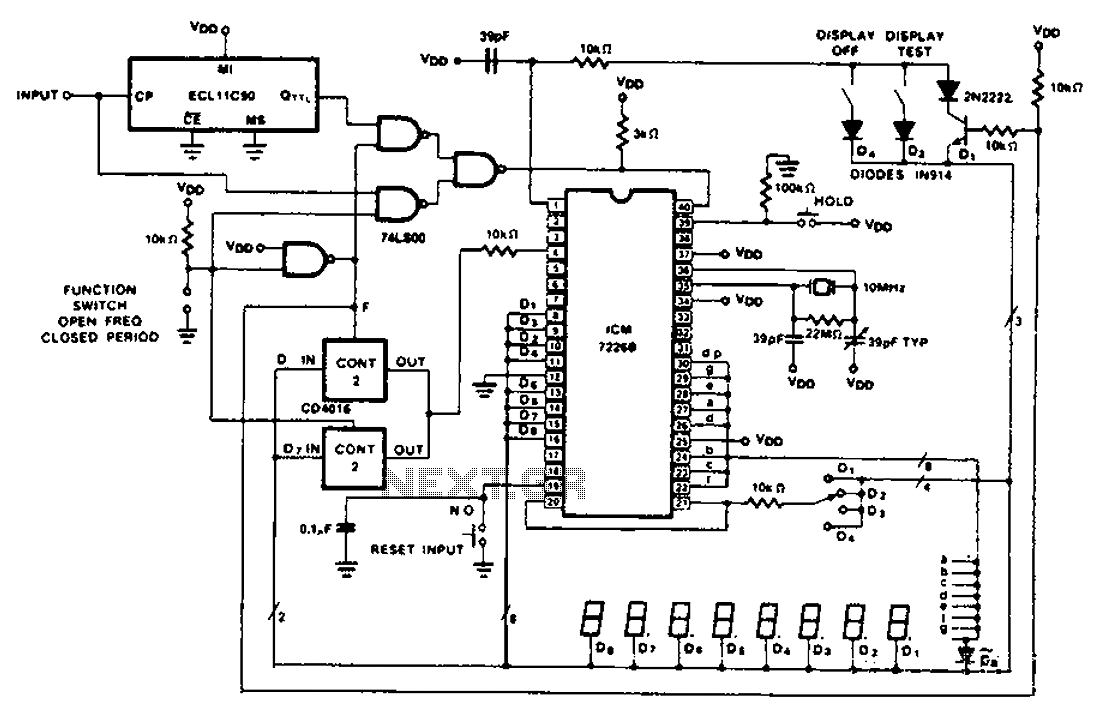
A CD4016 analog instrument is utilized as a multiplexed digital output, transferring the output function back to the input. The CD4016 operates as a digitally controlled analog transmission gate, eliminating the need for a digital output level shift. Alternatives such as the CD4051 or CD4052 can also be employed to select the appropriate input from the ICM7226 multiplexed input.
The CD4016 is a quad bilateral switch that allows for the simultaneous control of multiple analog signals. Each switch in the CD4016 is controlled by a digital signal, enabling the selection of input signals based on the logic levels applied. This capability makes it suitable for applications requiring the multiplexing of signals without the necessity of additional level shifting circuitry, thereby simplifying the design and reducing component count.
In scenarios where the CD4016 may not meet specific requirements, the CD4051 or CD4052 can serve as viable alternatives. These devices are also analog multiplexers/demultiplexers, capable of routing multiple input signals to a single output or vice versa. The CD4051 can handle up to eight inputs, while the CD4052 can manage two sets of four inputs, providing flexibility based on the application needs.
When integrating these components with an ICM7226, which is a high-performance analog-to-digital converter (ADC), it is essential to ensure that the selected multiplexer aligns with the input signal characteristics and the desired sampling rate. Proper configuration and selection of the appropriate multiplexer will contribute to optimal system performance, ensuring accurate signal representation and minimal distortion during the analog-to-digital conversion process.
In summary, the CD4016, CD4051, and CD4052 play crucial roles in multiplexing applications, particularly in conjunction with devices like the ICM7226, facilitating efficient signal management in digital systems. As shown, a CD4016 analog instrument is used here as a multiple multiplexed digital output, these output transfer function back to the input. Since the CD4016 is a digitally co ntrolled analog transmission gate, so do not need a digital electrical output level shift. CD4051 or CD4052 can also be used to select the appropriate input ICM7226 multiplexed input.
The CD4016 is a quad bilateral switch that allows for the simultaneous control of multiple analog signals. Each switch in the CD4016 is controlled by a digital signal, enabling the selection of input signals based on the logic levels applied. This capability makes it suitable for applications requiring the multiplexing of signals without the necessity of additional level shifting circuitry, thereby simplifying the design and reducing component count.
In scenarios where the CD4016 may not meet specific requirements, the CD4051 or CD4052 can serve as viable alternatives. These devices are also analog multiplexers/demultiplexers, capable of routing multiple input signals to a single output or vice versa. The CD4051 can handle up to eight inputs, while the CD4052 can manage two sets of four inputs, providing flexibility based on the application needs.
When integrating these components with an ICM7226, which is a high-performance analog-to-digital converter (ADC), it is essential to ensure that the selected multiplexer aligns with the input signal characteristics and the desired sampling rate. Proper configuration and selection of the appropriate multiplexer will contribute to optimal system performance, ensuring accurate signal representation and minimal distortion during the analog-to-digital conversion process.
In summary, the CD4016, CD4051, and CD4052 play crucial roles in multiplexing applications, particularly in conjunction with devices like the ICM7226, facilitating efficient signal management in digital systems. As shown, a CD4016 analog instrument is used here as a multiple multiplexed digital output, these output transfer function back to the input. Since the CD4016 is a digitally co ntrolled analog transmission gate, so do not need a digital electrical output level shift. CD4051 or CD4052 can also be used to select the appropriate input ICM7226 multiplexed input.
